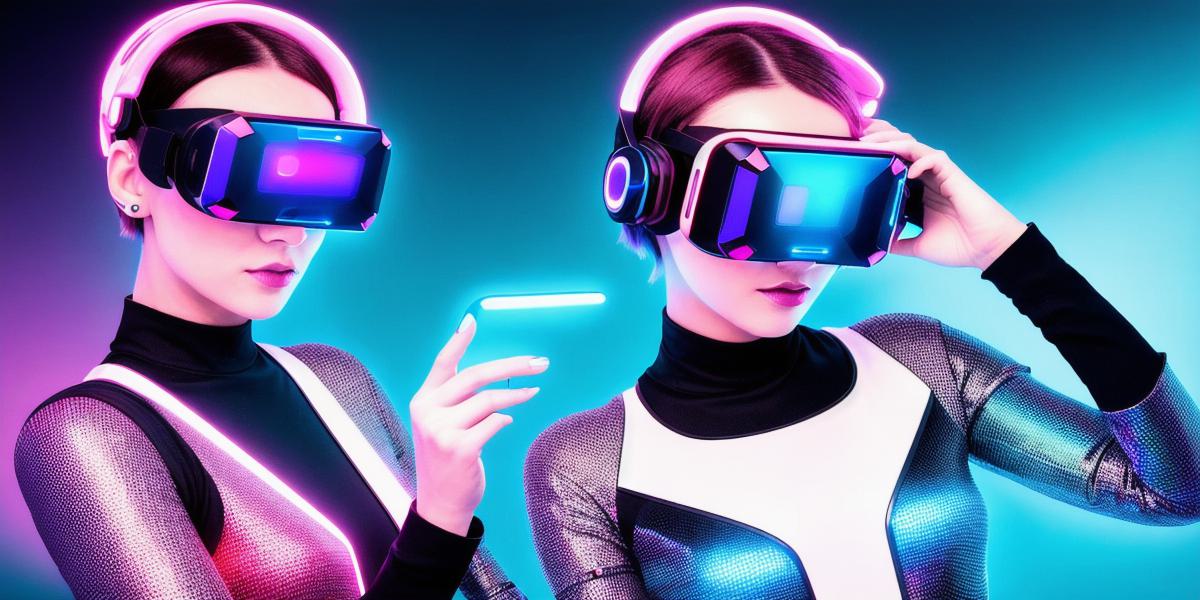Selling AI-Generated Art: The Future of Creativity and Commerce

Introduction
Artificial intelligence (AI) is revolutionizing various industries, including art. With AI-generated art, artists can create works of art without any human intervention, making it possible to produce art at a much faster pace and with greater efficiency. This article explores the potential of AI-generated art in the world of commerce and creativity, highlighting its advantages, challenges, and future prospects.
Advantages of AI-Generated Art
AI-generated art has several advantages that make it appealing to both artists and businesses. Firstly, it allows for greater efficiency and productivity as the process of creating art can be automated, reducing the time and effort required by human artists. This means that more art can be produced in less time, making it possible to meet high demand quickly.
Secondly, AI-generated art can produce works of art that are unique and original, with each piece being generated randomly based on a set of parameters. This makes it easy for businesses to create customized art pieces that reflect their brand identity and connect with their customers on an emotional level.
Thirdly, AI-generated art has the potential to democratize access to art, making it possible for everyone to afford and enjoy artworks. With AI, art can be produced at a much lower cost, allowing businesses to offer high-quality art pieces at affordable prices.
Challenges of AI-Generated Art
While AI-generated art has several advantages, there are also challenges that need to be addressed. Firstly, the quality of AI-generated art can vary greatly depending on the algorithms used and the data sets fed into them. This means that it is important for artists and businesses to carefully select the algorithms and data sets used in order to produce high-quality art pieces.
Secondly, there are concerns about copyright and ownership issues when it comes to AI-generated art. While AI can create original works of art, it is unclear who owns the rights to these works. This raises questions about how artists and businesses should approach licensing and royalties for AI-generated art.
Thirdly, there is a risk that AI-generated art could lead to the loss of jobs in the art industry, particularly for human artists who may struggle to compete with the efficiency and productivity of AI. This raises ethical concerns about the impact of AI on the livelihoods of artists and the broader art community.
Future Prospects of AI-Generated Art
Despite the challenges, there are exciting future prospects for AI-generated art. As technology continues to advance, we can expect to see even more sophisticated algorithms that produce even more unique and original works of art. This will likely lead to new forms of creativity and innovation in the art world.
Moreover, as businesses continue to recognize the potential of AI-generated art, we can expect to see more widespread adoption of this technology in marketing, branding, and other commercial applications. This will create new opportunities for artists and businesses alike, leading to greater collaboration and innovation in the art and commerce sectors.
Conclusion
In conclusion, AI-generated art is a fascinating and exciting development that has the potential to transform both the world of art and commerce. While there are challenges that need to be addressed, the potential benefits of this technology make it clear that it will continue to play an increasingly important role in our lives in the years to come. As artists and businesses embrace AI-generated art, we can expect to see new forms of creativity, innovation, and collaboration that will shape the future of both industries.








